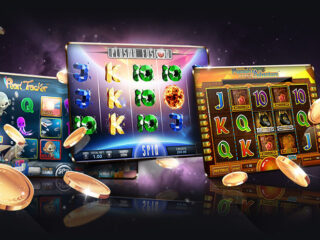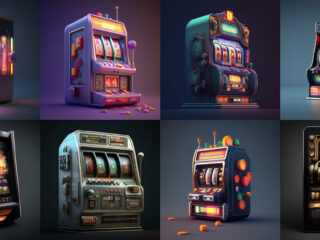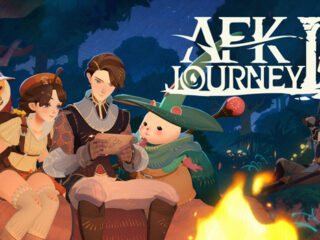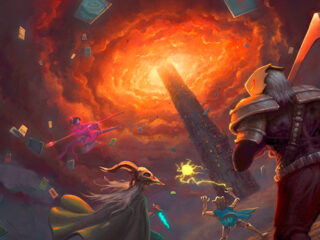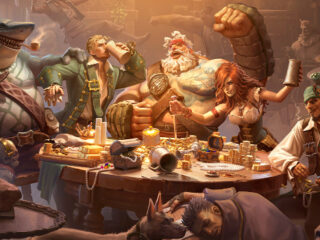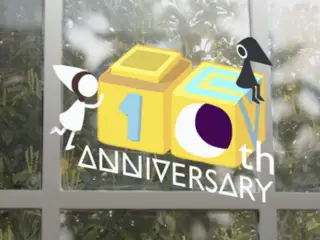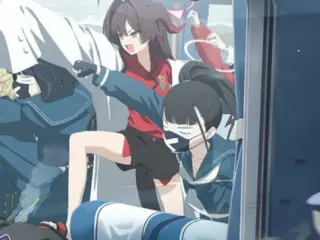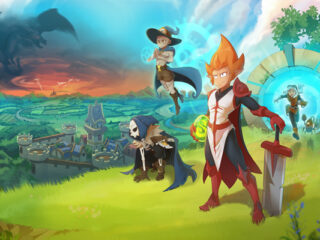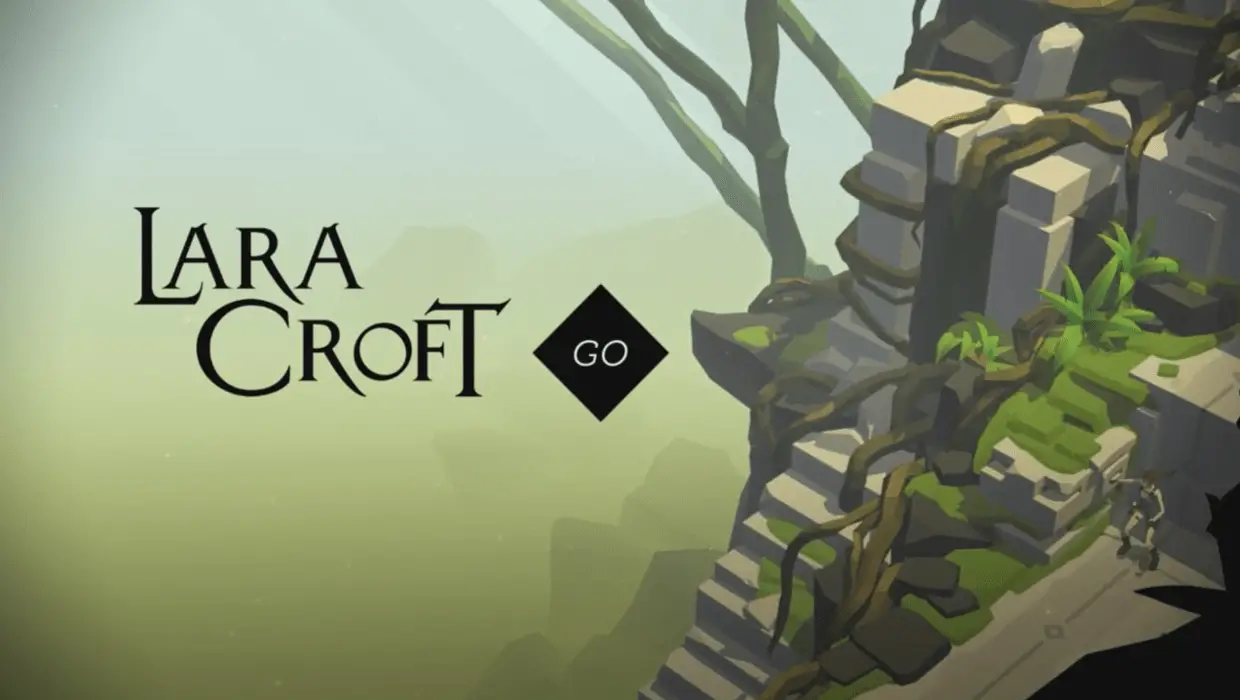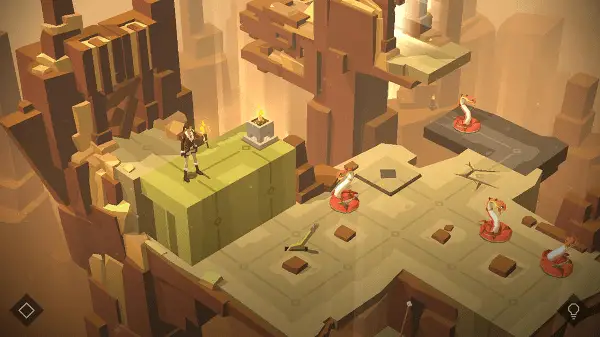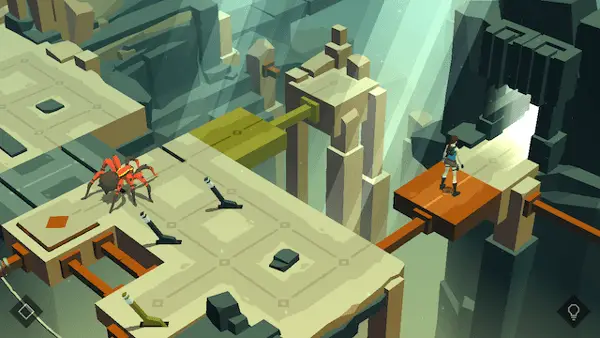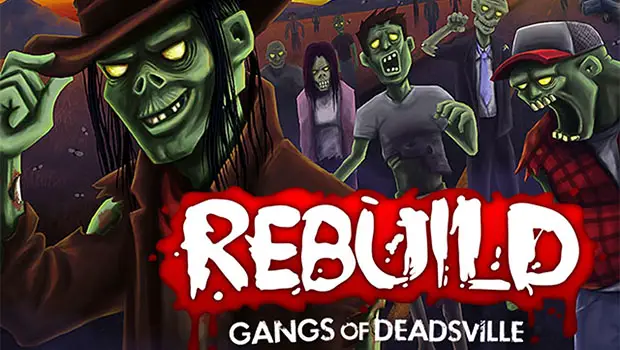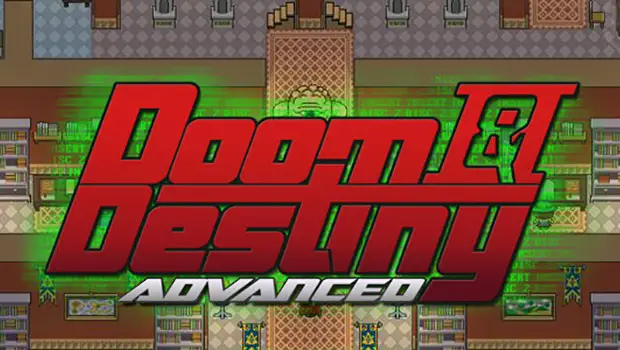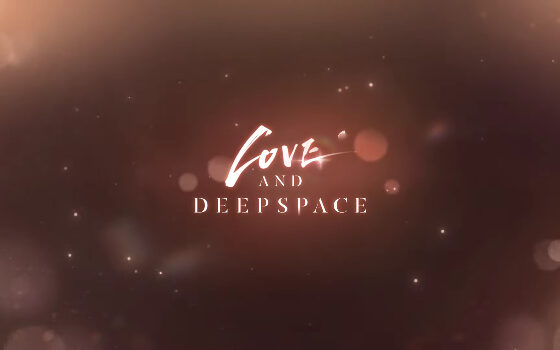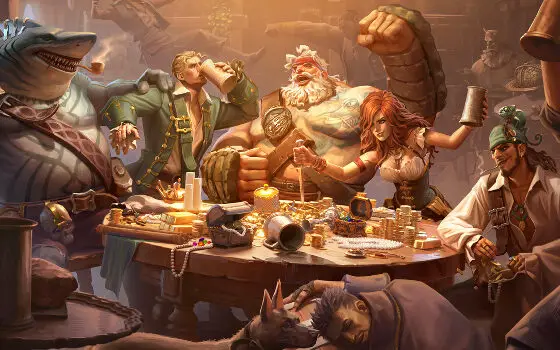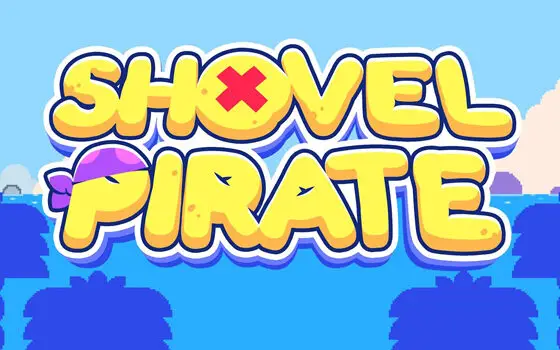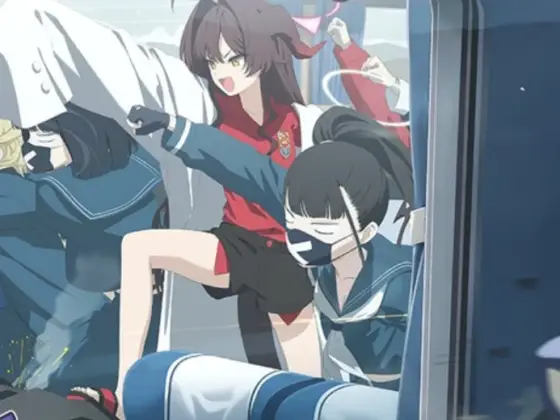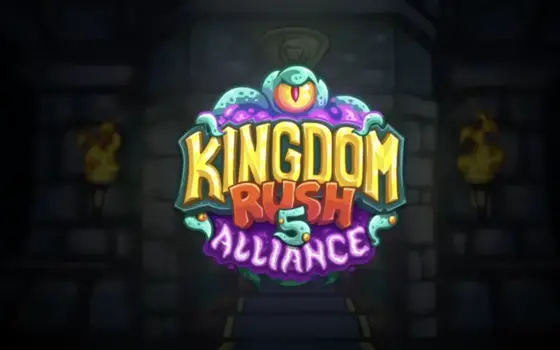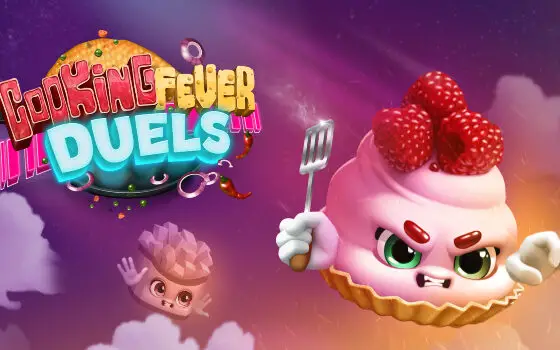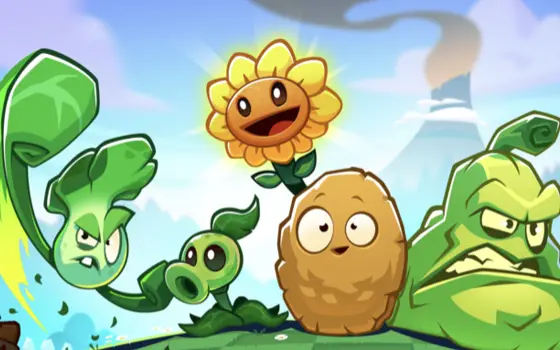 Reducing Square Enix’s greatest hits down to single-player board games is not a formula that should work. It’s not even an idea that should cross an executive’s desk and come away with a stamp of approval. Yet here we are, just a little more than a year past the release of Hitman GO, and we’re already onto the second title in the surprisingly excellent “GO” series.
Reducing Square Enix’s greatest hits down to single-player board games is not a formula that should work. It’s not even an idea that should cross an executive’s desk and come away with a stamp of approval. Yet here we are, just a little more than a year past the release of Hitman GO, and we’re already onto the second title in the surprisingly excellent “GO” series.
Lara Croft GO takes the gameplay of Tomb Raider and compresses it into a series of short turn-based navigation puzzles. The titular raider is placed on paths where her movement is restricted to adjacent “squares” in four or fewer directions. Each time she moves, the active environmental elements move too; that means giant spiders, giant saw blades, giant boulders…lots of giant things.
This limited movement makes up the heart of each puzzle: how will Lara reach the exit on such a restricted path with so many obstacles headed her way? Waiting snakes will pounce on her if she approaches from the front, but are vulnerable to her pistols from the side. Komodo dragons will start to follow her if she enters their field of view, so she must use the other obstacles to neutralize them.
The game is divided into five chapters: three main “tombs” with a tutorial at the beginning and a boss at the end. New mechanics are introduced throughout, like spears that will let Lara take out enemies from a distance and movable pillars that will create new paths. None of these wear out their welcome. In fact, my main complaint is that the game feels a little short: they wouldn’t even need new mechanics – I would’ve happily taken a few more puzzles of each type.
I certainly got my money’s worth in the slick visuals, though. Hitman GO presented itself as a literal board game, but Lara Croft more closely approximates the original Tomb Raider games while somehow maintaining a minimalist vibe. Lara is endearingly blocky, and every flat-shaded surface pops with color. The isometric camera presents each puzzle as a little diorama.
One noticeable absence is the level challenges from Hitman GO. Now, the only goal is for Lara to reach the exit – no extra points for shortest number of moves or for killing all the enemies. This system is replaced with small urns hidden in each level. New outfits are unlocked by tapping every urn in a chapter. There is less replayability here, but I was still satisfied, mostly thanks to the pacing. Hitman GO was a very stop-and-start experience, and it was common to attempt every challenge on one level before proceeding to the next. In Lara Croft GO, there is a great sense of urgency (even in a turn-based game) driven by the ever present snake monster who is the game’s final boss. I was happy that the game’s own momentum pushed me along to the end
So, while Lara Croft GO might be easier to complete in its entirety, I did so happily. I look forward to more levels, but as of now, the only in-app purchases are more outfits and an “all solutions” button. Neither is essential or distracting, and they certainly aren’t enough to detract from an overall fantastic game. I wonder how long it will be before we see Kane & Lynch GO. Crap, why does that joke sound like such a good idea?
But is it Hardcore?
Yes!
Lara Croft GO manages to be a great mobile puzzle experience while still maintaining the feel of the Tomb Raider series.
